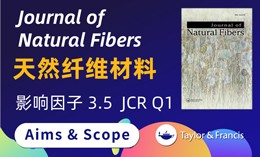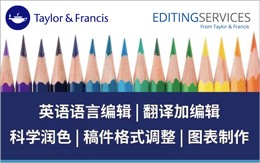Experimental Mechanics ( IF 2.4 ) Pub Date : 2021-02-05 , DOI: 10.1007/s11340-021-00696-8 B. A. Smith , C. M. Laursen , J. Bartanus , J. D. Carroll , G. J. Pataky
Background
Additive manufacturing (AM) is becoming increasingly popular, but standards for critical defect sizes and porosity levels have not been fully established. The wide range of flexibility offered by AM is unable to be exploited by designers if they do not have confidence in their components’ mechanical behavior.
Objective
The goal of this study was to understand how the factors of specimen geometry, geometric defects, porosity, and base material ductility impact the performance of realistic AM exemplar components.
Methods
Geometric defects, including quarter cracks, internal voids, and through holes, were intentionally manufactured into thin-walled, tapered SS 316L and AlSi10Mg AM components. Two levels of porosity were introduced by reducing the laser power in the AlSi10Mg specimens to observe interactions of porosity and the larger-scale geometric defects. Many such components were manufactured, and each component was loaded to failure.
Results
Intentionally manufactured defects decreased the failure load and displacement-to-failure for both materials. Geometric defects had a greater effect in the less ductile materials. Increasing the porosity in the AlSi10Mg above a threshold led to density-dominated component behavior, with little impact of intentional large-scale geometric defects.
Conclusions
This work demonstrated the interactions between the flaw types and the dependence of the AM component behavior based on inherent material ductility, porosity, and presence of geometric defects. The results from this study provide valuable insight for establishing a critical porosity-defect relationship for AM metals. It also demonstrates that predicting component behavior in AM metals requires an understanding of flaws types and material properties.
中文翻译:

几何缺陷和孔隙度对增材制造零件力学行为的相互作用
背景
增材制造(AM)变得越来越流行,但是关键缺陷尺寸和孔隙率水平的标准尚未完全建立。如果设计人员对组件的机械性能没有信心,他们将无法利用AM提供的广泛灵活性。
目的
这项研究的目的是了解样品几何形状,几何缺陷,孔隙率和基材延展性等因素如何影响实际AM示例组件的性能。
方法
故意将包括四分之一裂纹,内部空隙和通孔在内的几何缺陷制成薄壁锥形SS 316L和AlSi10Mg AM组件。通过降低AlSi10Mg样品中的激光功率,引入了两个级别的孔隙率,以观察孔隙率和较大尺寸的几何缺陷之间的相互作用。制造了许多这样的组件,并且每个组件都加载失败。
结果
故意制造的缺陷降低了这两种材料的失效载荷和失效位移。几何缺陷在延展性较小的材料中具有更大的影响。将AlSi10Mg中的孔隙率增加到阈值以上会导致密度控制的部件行为,而对故意的大规模几何缺陷的影响很小。
结论
这项工作证明了缺陷类型与基于固有材料延展性,孔隙率和几何缺陷存在的AM组件行为的依赖性之间的相互作用。这项研究的结果为建立AM金属的关键孔隙率-缺陷关系提供了宝贵的见识。它还表明,预测AM金属中的部件行为需要了解缺陷类型和材料特性。



























 京公网安备 11010802027423号
京公网安备 11010802027423号